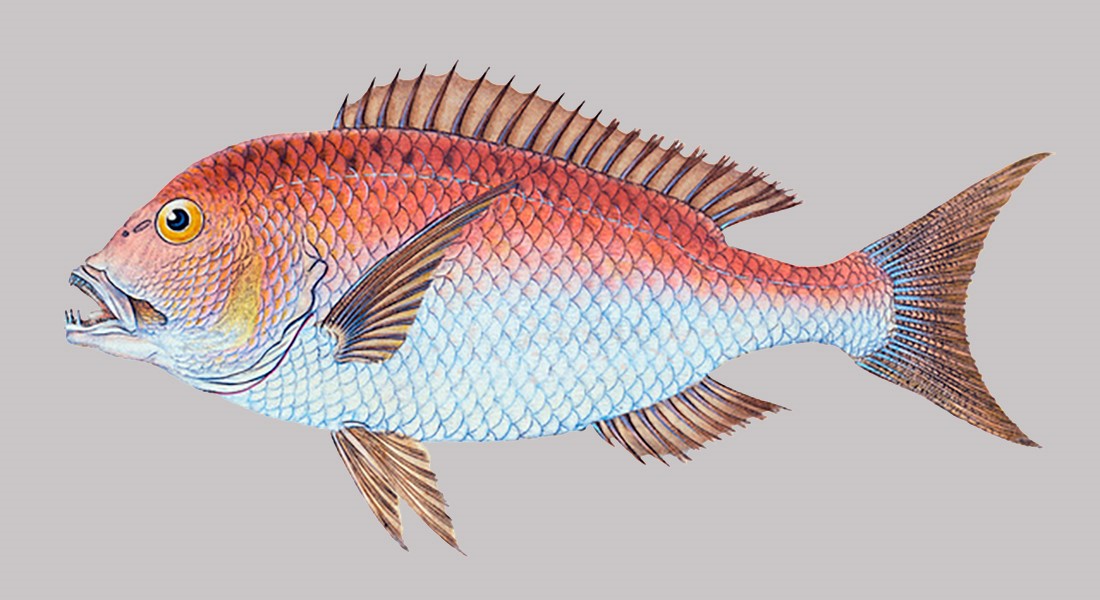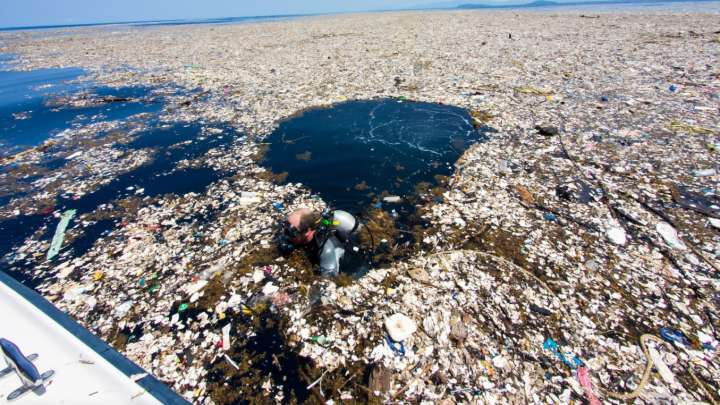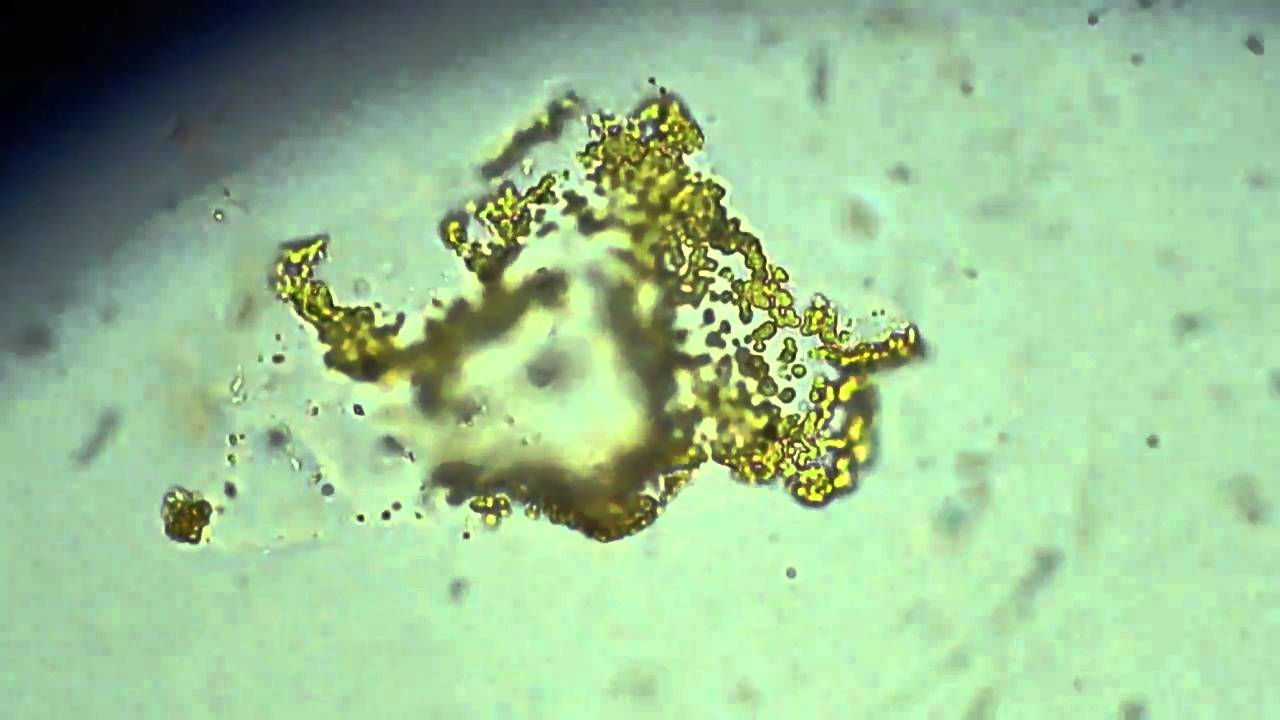
Growing up muscle fish by gene edited technology
Fishing plays an important role in economy and food supply, but
overfishing and climate change have caused wild populations of many popular fish to plummet.
Making aquaculture more lucrative could save the industry, and one way to do that is to make it more productive, growing more food with less feed.
So, scientists used the gene-editing tool CRISPR to alter a type of fish — the red seabream — to grow up to 60% more edible muscle from the same amount of feed.
To create the gene-edited fish, researchers knocked out a gene that restricts muscle growth, myostatin, in fertilized fish eggs.
Some of the eggs started dividing before fully incorporating the edit, leading to the creation of fish with a mix of edited and unedited cells. By breeding those fish together, the scientists were able to select offspring with only edited cells.
Researchers are exploring ways to use gene editing to create fish suitable for different regions in the hopes of revitalizing the aquaculture industry — meaning the red seabream might just be the first of many CRISPR fish.
 English
English Arabic
Arabic


